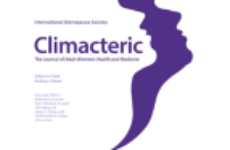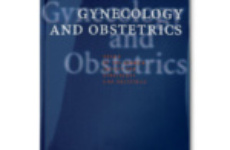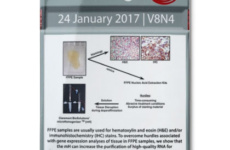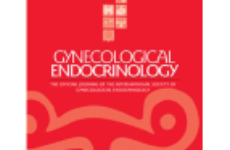Purpose
To assess the population-wide impact of noninvasive prenatal screening (NIPS) on combined first-trimester screening (CFTS), early ultrasound (11–13 weeks), and invasive prenatal diagnosis in a state with over 73,000 births per year.
Methods
Analysis of population-based data from 2000 to 2015 including (i) invasive prenatal tests, (ii) CFTS uptake, and (iii) total births. Utilization of early ultrasound was analyzed before and after NIPS (2010–2015).
Results
Invasive testing decreased significantly by 39.6% from 2012 to 2015 despite steady births. More than half of all confirmed cases of trisomy 21 were ascertained by NIPS in 2015, despite NIPS comprising only 11.7% of total indications for invasive testing. CFTS uptake declined significantly from 77.5% in 2013 to 68.1% in 2015, but 11- to 13-week ultrasounds did not. In 2015, ultrasound abnormality replaced CFTS as the most common indication for invasive testing and chromosomal microarray was performed for 85.3% of all prenatal karyotypes.
Conclusion
Prenatal testing is now unequivocally in the genomic era. NIPS is now the screening test that precedes the majority of confirmed diagnoses of trisomy 21. The contributions of NIPS, early ultrasound, and chromosome microarray have led to unprecedented detection rates of major chromosome abnormalities, now found in 20% of all invasive tests.
Keywords: combined first-trimester screening; NIPS; NIPT; noninvasive prenatal screening; prenatal diagnosis
Lisa Hui, Briohny Hutchinson, Alice Poulton, Jane Halliday
GENETICS in MEDICINE (2017)
Received 26 January 2017 | Accepted 28 March 2017 | Published online 18 May 2017
DOI: 10.1038/gim.2017.55















